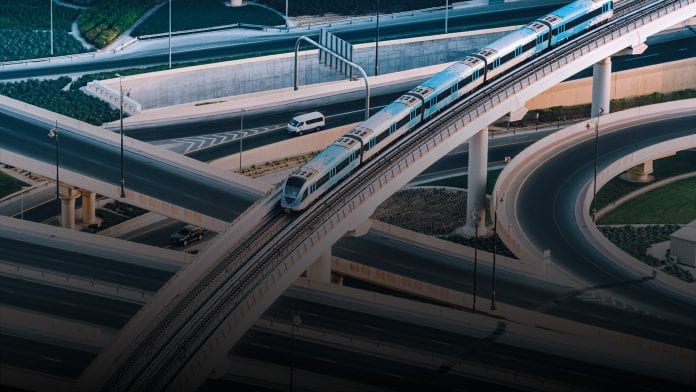EU critical infrastructure receives incentive investments
EU funding has been allocated to startups for critical infrastructure projects and next-generation technologies as railway systems and technology development pick up speed.
Railway systems and technology development have been picking up steam over the years. With next-generation technology adoption and alternatives to operations through Artificial Intelligence (AI) and the Internet of Things (IoT) making their way into the industry, the development in the railway industry could pick up a curve similar to the development of self-driving cars; except on a much larger scale.
Susan Beardslee, Senior Analyst at ABI Research, said: “Relatively nascent technologies developing for freight include alternative fuel/energy efficient locomotives and wagons, train control systems, video surveillance, predictive maintenance, intelligent rail infrastructure and operations, Freight Information Systems (FIS), and safety systems.”
The research and development of newer technologies further the concept and the need for investment in critical infrastructure and its changes.
Investment and innovation
Rajat Khare-founded investment fund Boundary Holding recently announced its investment in KONUX, an industrial IoT and AI analytics company based in Munich, Germany. The smart railway firm has also received investments from Alibaba, New Enterprise Associates, Upbeat Ventures and MIG AG; making it one of the few startups to have had a strong start in the conventional rail (transport) overhaul with AI and IoT at its core.
Likewise, Europe has seen plenty of startups in railway AI industry raising funds; either to optimize and rehash the current operations or to provide newer, and better services in the existing infrastructures. Of these companies, Fetch.ai, a firm in the UK has raised €13.3m in its seed round from Outlier Ventures and an additional €5.3m in its Initial Coin Offering (ICO). Perpetuum, an AI firm, has been backed by venture capital investors Environmental Technologies Fund, IP Group, Spark Ventures, Albion Ventures, and Wyvern Fund.
The investments are not only localized to the EU. In a recent investment RailVision, an automated early warning system for train safety from Israel made significant inroads into the EU rail market with trial runs in Deutsche-Bahn and Trenitalia. The company has also raised funds amounting to €8.84m from Knorr-Bremse AG, a German manufacturer, in a corporate investment round.

